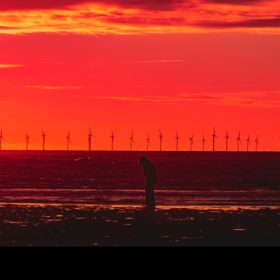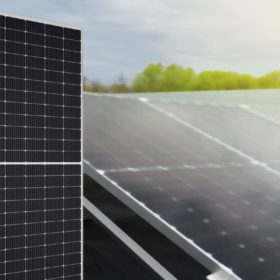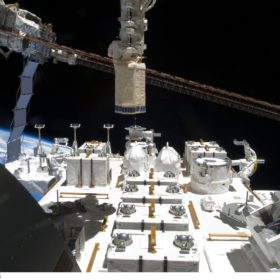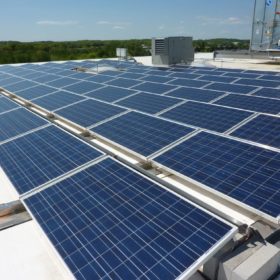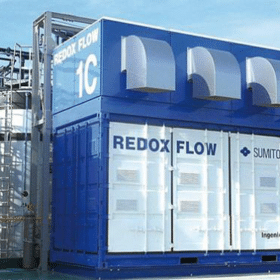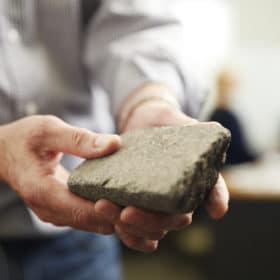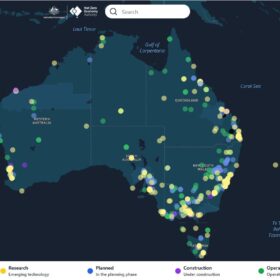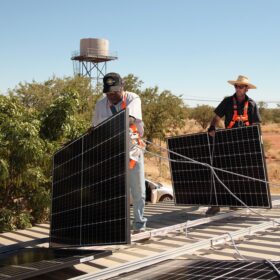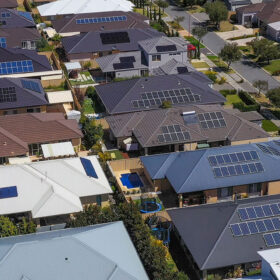Adding solar to offshore wind
Scientists in the Netherlands conducted a feasibility study for adding floating solar to a planned 752 MW offshore wind installation in the North Sea. The study finds that the two could realistically share a single connection to an onshore grid, with minimal curtailment as well as technical and economic benefits for both technologies.
Sharp develops 445 W half-cut panels for large scale PV
The new panel is manufactured with M6 wafers. It features a power conversion efficiency of 20.1% and a temperature coefficient of -0.347% per degree Celsius.
Passive solar module cooling based on hydrogels beads and nanofluids
A British-Egyptian research group has tested the use of hydrogels beads for PV module cooling. The micro-sized particles were saturated with aluminium oxide (Al2O3) water-based nanofluids and placed below the simulated PV panels. The experiment showed, according to the scientists, that the hydrogels beads were able to significantly reduce the temperature by between 17.9 and 16.3 degrees Celsius.
Solid-state batteries in space
Japanese scientists are about to launch solid-state batteries into space.
Hybrid operational strategy to use lithium-ion storage in commercial PV arrays
Lithium-ion batteries can not only improve self-consumption in commercial PV systems but are also able to efficiently perform peak shaving and price arbitrage, according to an international research group which has proposed a new strategy to calculate the best system configuration in terms of costs and revenue. The scientists specified, however, that the novel strategy may become effective only if storage system prices will drop under $250/kWh.
World-leading vanadium project awarded Major Project Status by Federal Government, progressing redox flow battery industry in NT
Australian mining technology company TNG Limited has had its flagship Mount Peake Project, which includes production plans for vanadium redox flow batteries and green hydrogen, recognised as nationally signifiant.
Sunday read: Unlocking lightweight, flex applications
Not all rooftops can bear the weight of glass PV modules. Some others have curves and shapes ill-suited to uniform, bulky panels. Flexible modules have long been advanced as the solution here, however the keys to unlocking this potential have proven elusive.
Is Australia Crawling toward electric ferries?
Last year the New South Wales Government announced plans to retire several of the iconic Manly ferries and replace them with smaller vessels. However, the recent launch of the world’s largest electric ferry in Norway has one Aussie billionaire asking whether the new Manly ferries should be electric?
Powercor program works to increase solar export capacity for 50,000 Victorians
Victorian electricity distributors Powercor and Citipower are setting out to alleviate grid congestion in area of high solar penetration, particularly in Western Victoria. The works are designed to increase the ability of rooftop solar owners to export solar to the grid amid the continuing uptake of residential solar.
WA start-up prepares to be one of the world’s first Li-ion battery anode producers outside China
With reins tightly held by China, a handful of players are trying to prise the production of a core ingredient of lithium-ion batteries out of Goliath’s hand before the battery boom begins in earnest with the electrification of the transport sector. The head of one of those companies, WA start-up International Graphite, spoke to pv magazine Australia about the hunger of both investors and customers, and the surprisingly collaborative race to feed global demand.
